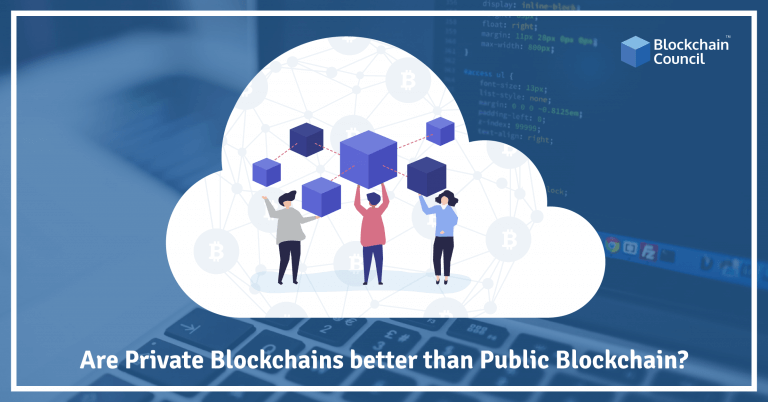
- Toshendra Kumar Sharma
- October 16, 2018
As blockchains continue to remain relevant to new developments in areas such as finance, logistics and banking, the term blockchain has garnered more scrutiny ever. Since its inception, the term blockchain simply referred to a public blockchain. However, since the arrival of private blockchains, such as IBM’s Hyperledger Fabric and J. P. Morgan’s Quorum, the term has caused more confusion. The two different kinds of blockchains each have their advantages and disadvantages. Here’s an analysis of different blockchains to help you pick out the most relevant blockchain for you.
The Basics of Private and Public Blockchains
People who are familiar with blockchain technology know that blockchains are simply shared ledgers that are resistant to tampering due to the network of nodes that support the network. This basic definition remains true of both public and private blockchains, but they differ primarily in terms of access given to the general public. For instance, in a public blockchain like Bitcoin or Ethereum, any person in the world can contribute their computing power to the network and earn rewards for mining. Public blockchains are also transparent in what’s recorded in them and governed in this decentralised fashion. Since they are available for everyone in the world to use, people from across the world can audit the blockchain and make transactions on it without any form of scrutiny. This makes public blockchains truly decentralised and trustless, meaning they can be set up without a trusted third party. By comparison, private blockchains have permissioned access to share information between select trusted individuals or entities. Private blockchains are typically owned by a single individual or corporation, making them centralised and less secure than public blockchains. As a result, the general population cannot run a complete node for the private blockchain or even make transactions on the blockchain without getting proper authorisation.
However, the decentralised and trustless advantages of public blockchains come at a cost. Since there is no intermediary to facilitate transactions, millions of nodes must sync in real time and make sure fraudulent transactions are prevented. This requires employing a consensus mechanism such as Proof of Work or Proof of Stake. This adds a lot of overhead in running public blockchains leading to slower throughputs and higher costs for electricity spent on doing laborious calculations. By comparison, private blockchains are much faster because a lot of meaningless calculations are avoided by using trusted intermediaries.
Applications of Private Blockchains
So to answer whether private blockchains are better than public blockchains, one must know the conditions under which the blockchain is to be used. As noted above, both types of blockchains offer different strengths with regards to trustlessness, speed, and security. Private blockchains excel for applications where speed is of critical importance and where a few trusted parties can secure the environment. Consider the case of cross-border payments. Currently, wire transfers can take several days and cost as high as $50 for a transfer. A private blockchain such as Ripple’s XRP standard which relies on coordinator nodes can significantly bring that cost down while maintaining a high degree of security. Ripple does so by making sure that only trusted financial institutions or university servers can run coordinator nodes. This architectural decision allows for throughput improvements of several orders of magnitude. For instance, the maximum number of transactions on the public Bitcoin blockchain is 3-5 transactions per second. But with Ripple’s network combined with its native XRP token, the private blockchain can handle upwards of 1500 transactions per second! Blockchains need to achieve this type of throughput if they are to be used in real life situations since they are competing with VISA and MasterCard who can handle up to 40000 transactions per second. Private blockchains like Ripple can therefore also be used to track assets and transfer them across the world. Therefore, the answer to the question is yes for several applications.





































































 Guides
Guides News
News Blockchain
Blockchain Cryptocurrency
& Digital Assets
Cryptocurrency
& Digital Assets Web3
Web3 Metaverse & NFTs
Metaverse & NFTs
